2025-07-01
How the Past Got in Carlito’s Way
By Jamil Weeks

One of the most brilliant minds in cinema in the past 50 years is Hollywood director, Brian DePalma. Known for his over-the-top, romanticized crime dramas and his Hitchcock-influenced suspense thrillers, DePalma’s rise coincided with a Hollywood renaissance of the late 60’s/70’s. DePalma rubbed elbows with revolutionary filmmakers, such as Steven Spielberg, Martin Scorsese, Francis Ford Coppola, and George Lucas. Along with his rat pack filmmaking buddies, DePalma would push creative boundaries to new heights. As the visionary behind quintessential gangster films, such as Scarface and The Untouchables, DePalma’s movies would influence generations of future auteurs and become staples in pop culture. Perhaps his best and most underrated work is a film that serves as an unofficial follow-up to Scarface. Scarface was a film about the meteoric rise and tragic fall of main character, Tony Montana. What if Tony had survived his drug kingpin run and wanted to escape the fast life? DePalma explores this premise through underworld legend, Carlito Brigante, in the 1993 film, Carlito’s Way. A cautionary tale regarding the unpredictability of the streets, Carlito’s Way is DePalma in his finest hour as a veteran movie director. DePalma offered a fresh and unique twist on the gangster crime genre, thus why it is deserving of this blog’s first film spotlight.
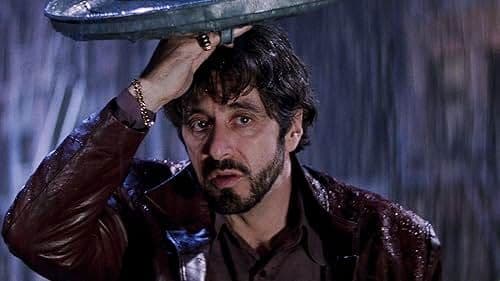
DePalma teamed up with legendary actor, Al Pacino, for a second time in Carlito’s Way. The undeniable chemistry between the two leaves you wondering why they did not work together more often. Pacino’s style of acting is old school, rooted in method acting. With a more traditional approach in comparison to modern day actors, Pacino shunned the idea of meticulously preparing for a role like a college grad student writing a thesis. Leveraging spontaneity to channel raw emotions, Pacino was able to embody who his characters were in the moment. Throughout his career, he became known for his volatile character portrayals. As Carlito Brigante, Pacino portrayed him as a weary, streetwise hustler desperate to escape the clutches of the treacherous streets. Pacino is so convincing as Carlito you would think he was a Puerto Rican raised in East Harlem’s “El Barrio”. The credible Latino accent. The 70’s urban fashion. The street savvy bravado. Pacino capably balances theatrical flair with a genuine authenticity in his performance. The film highlights Pacino’s range as an actor. The no-nonsense demeanor needed to survive the concrete jungle with an underlying vulnerability only shared with a chosen few. Pacino uses this caged sensitivity to rally the film’s audience behind him as the pressure mounts from the betrayal that accompanies the fast life. When the suspenseful moments unfold, it intensifies the high stakes facing Carlito. While a more subdued role than Tony Montana, Carlito is one of Pacino’s most fascinating personas created on screen.
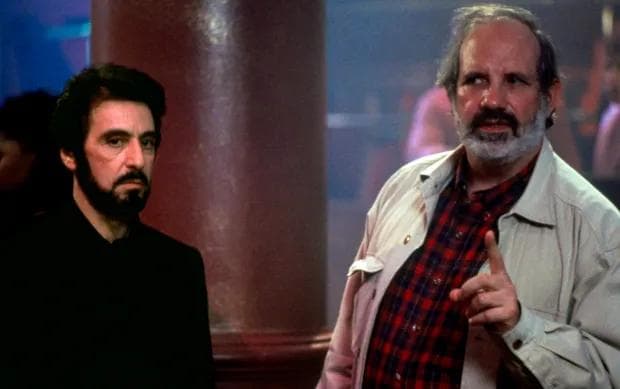
DePalma has conquered many genres in film. Horror, war, suspense, spy, thriller, action, drama, etc. DePalma's talent shines in crime dramas as he manipulates clever camera shots and angles to elicit a psychological edginess to scenes. Carefully planned shots used to slowly build tension with promises of a satisfactory payoff are a signature of DePalma films. Carlito's Way is exceptional due to DePalma not allowing his visual technical skills to overshadow the storytelling. While DePalma does manage to dial down the sizzle for most of the film, he sneaks his trademark stylish camera shots in when the opportunity presents itself. Rather it is a quick zoom in shot during a chaotic gun fight or the classic Dutch angle to evoke a sense of uneasiness, DePalma is known for employing innovative camera angles to set a particular tone in scenes. A great example of this is in the train scene where DePalma uses the steadicam in long continuous shots. Here, DePalma shows why he is a master visual storyteller. The careful planning and preparation for this scene alone demonstrates an incredible eye for detail and dedication to one's craft. DePalma finds a way to reinvent the train station scene from The Untouchables in Carlito’s Way with an equally thrilling mob shootout scene as the climax. Not to disappoint his fans, his distinct POV and split screen shots are present throughout the film, establishing his characteristic noir touch. DePalma’s filmmaking style proves he is a disciple of Hitchcock in terms of how he patiently heightens tension in scenes to keep you on the edge of your seat.
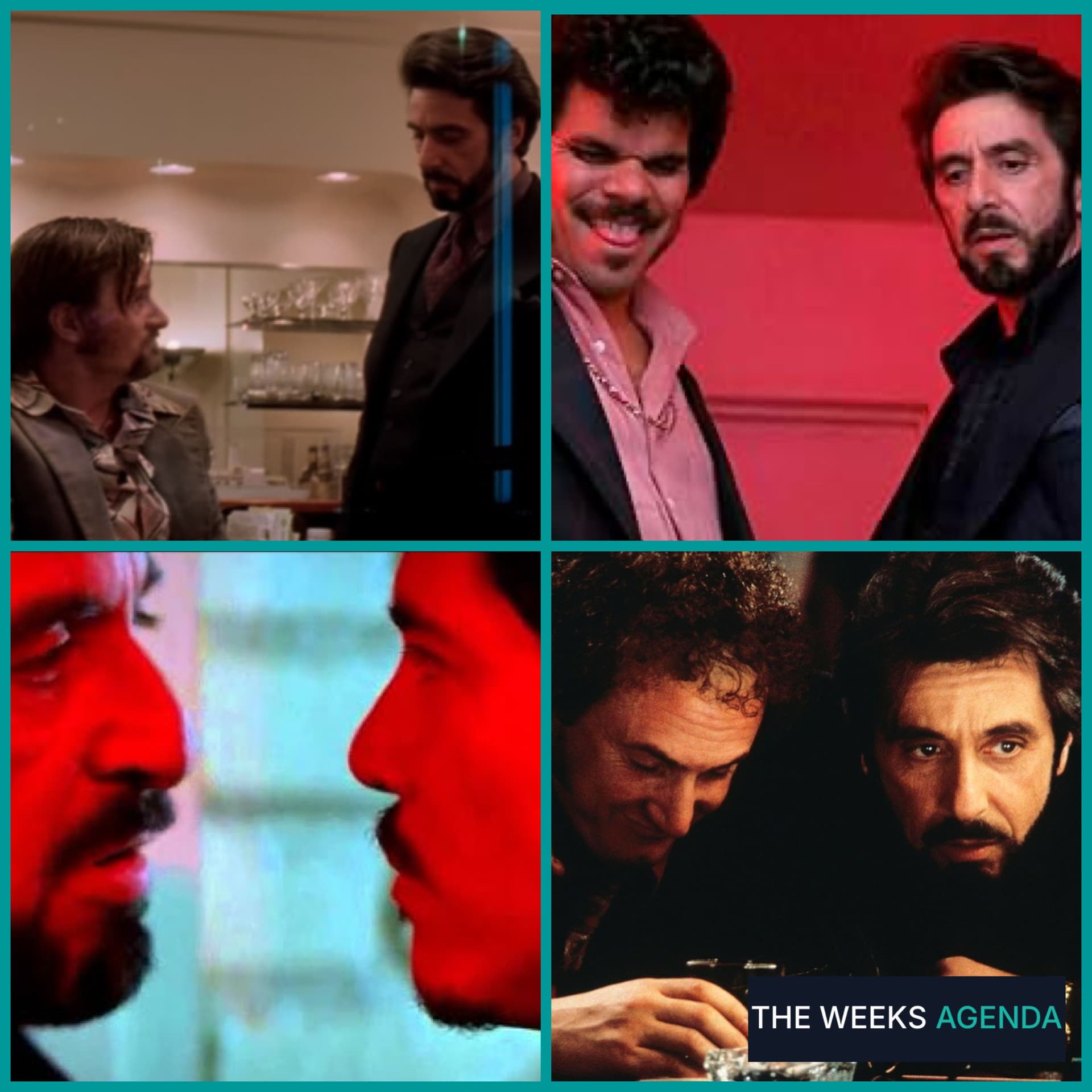
As much street knowledge as Carlito possessed, it is puzzling why he could not recognize the Judases surrounding him. Betrayal is a common theme in the movie, and DePalma traverses this idea through some of the minor characters. What makes Carlito’s Way special are the incredible performances from the supporting cast. Most notably is actor, Sean Penn, as Carlito’s coked out lawyer, David Kleinfeld. In this role, Penn is almost unrecognizable as Carlito’s corrupt lawyer who moonlights as a wannabe gangster. Carlito’s leeching right-hand man, Pachanga (played by Luis Guzmán), is the neighborhood gangster who is supposed to be watching Carlito’s back but has his own hidden agenda. Guzmán is convincing as an underworld goon representing the ruthlessness and deceit that comes with choosing the streets. Turning heads in a breakout role is John Leguizamo as Benny Blanco. Known more for being a stand-up comedian and comedic actor at the time, Leguizamo plays a younger version of Carlito who seemingly is following in Carlito’s footsteps. While a small role, Leguizamo capitalizes on every second of screen time impressively holding his own against Pacino in their scenes together. No small feat given Pacino’s fiery performances. Making a cameo in the film is Viggo Mortensen who plays Carlito’s old time partner-in-crime, Lalin. While only appearing in one scene, Mortensen and Pacino are dynamic playing off each other in their scene together. As Carlito is trying to leave his past behind, these character do their best to pull Carlito back into the life for their own selfish gain. These untrustworthy and unsavory characters serve as a reminder to mind the company you keep.
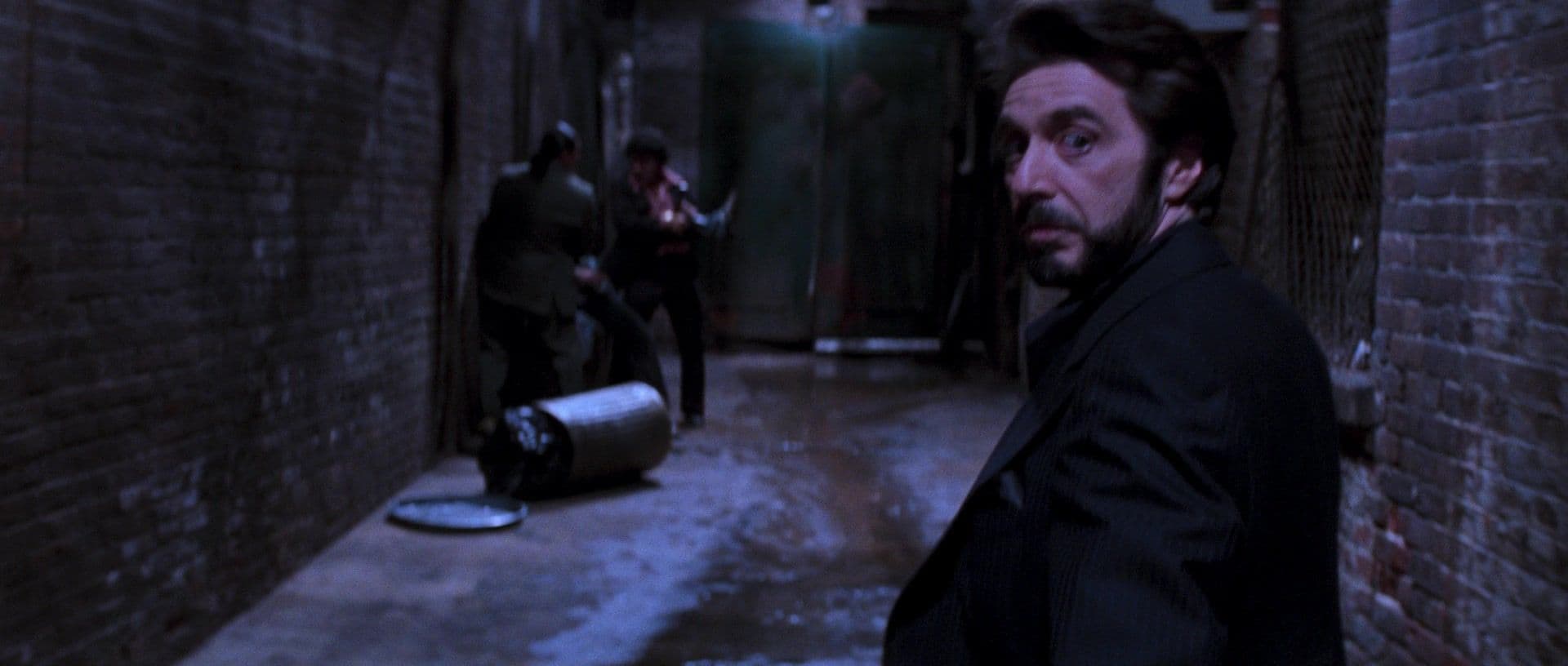
Carlito’s Way may be an overlooked gangster film compared to The Godfather films, Scarface, or Goodfellas. However, the film has become a fixture in pop culture over the years. Outside of the unforgettable performances from the cast and the phenomenal direction under DePalma, the movie has an endless amount of quotables. Lines like “a favor gonna kill you faster than a bullet” or “when you can't see the angles no more, you're in trouble, baby. You're in trouble” are examples of DePalma foreshadowing Carlito’s ultimate fate. Being an early 90’s film, Carlito’s Way’s release coincided with an emerging sub genre of rap, known as mafioso or coke rap. As rappers weaved sordid street tales in their lyrics regarding the drug dealer lifestyle, there were parallels between the film and rap music aesthetically. Carlito’s Way’s became an instant hit within hip hop culture. References from some of the biggest rappers in the mid 90’s, such as Nas, Biggie, and Jay-Z, showed rap music was was feeding off the themes of the film. Rather it was sampling actual dialogue for song intros, film references in song titles, or name dropping actual characters in the film in their verses, the movie resonated with rap artists due to a mutual understanding of the inner workings of the streets. Much to the chagrin of DePalma, who was not a fan of rap music, Carlito’s Way was introduced to a different audience than the filmmakers intended. The cult-like following gained from these references in rap was a blessing in disguise that added to the legacy of the film. A film that helped build careers of actors like Leguizamo and Mortensen. An iconic performance from Pacino that served as another bullet in the chamber in an already legendary career. The constant comparison to DePalma’s Scarface sparked never ending debates on social media and Internet forums. Carlito’s Way is peak cinema curated by consummate filmmakers that influenced a generation of rap music.
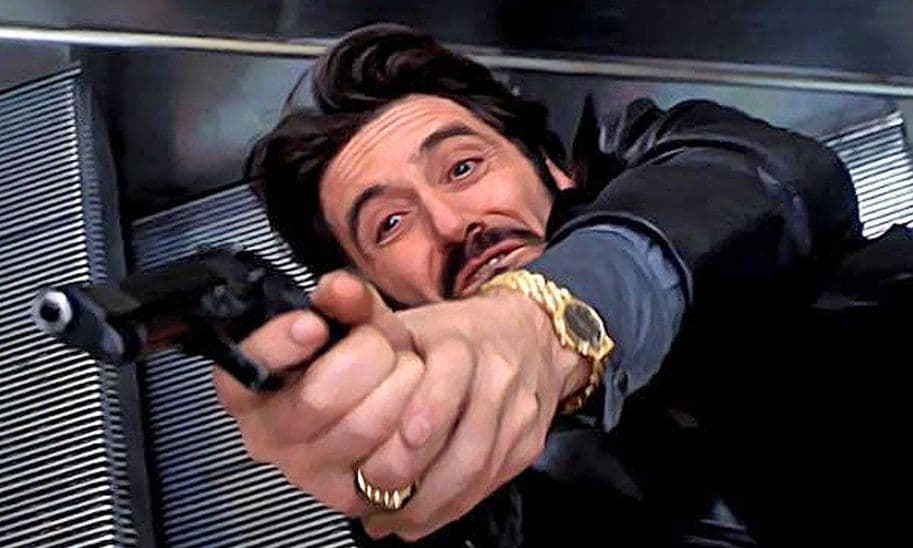
Carlito’s Way is a frustrating movie to watch in some respects. As Carlito inches closer to generating enough money to skip town, karmic forces intensifies threatening his future plans. You already know Carlito’s story will not end well as there is a feeling of impending doom prevalent throughout the film. Despite the ending being spoiled in the film’s opening scene, DePalma finds a way to throw a twist in Carlito’s tragic demise. A reminder that the company you keep and the decisions you make can come back to haunt you when you least expect it. Despite being a calculated street scholar, Carlito made one too many mistakes to escape the streets unscathed. Pacino turned in another virtuoso performance fleshing out the criminal mind. Whether it’s the measured menace of Michael Corleone, the hot-headed bravado of Tony Montana, or the overshadowed desperation of Lefty, Pacino has displayed range in portraying underworld figures from different perspectives. Paired with a passionate filmmaker in DePalma, the end result is magic that leaps off the screen dazzling mg the eyes from the opening credits. A great film to revisit, DePalma immerses viewers in 1970’s Spanish Harlem when disco music and cocaine fueled the times. Relatable themes intertwined with adept camerawork and thoughtful performances make Carlito’s Way an unforgettable crime drama. DePalma expertise as a director lies in how he visually expresses Carlito’s path to redemption. A path that ultimately leads to death proves to be Carlito’s way.